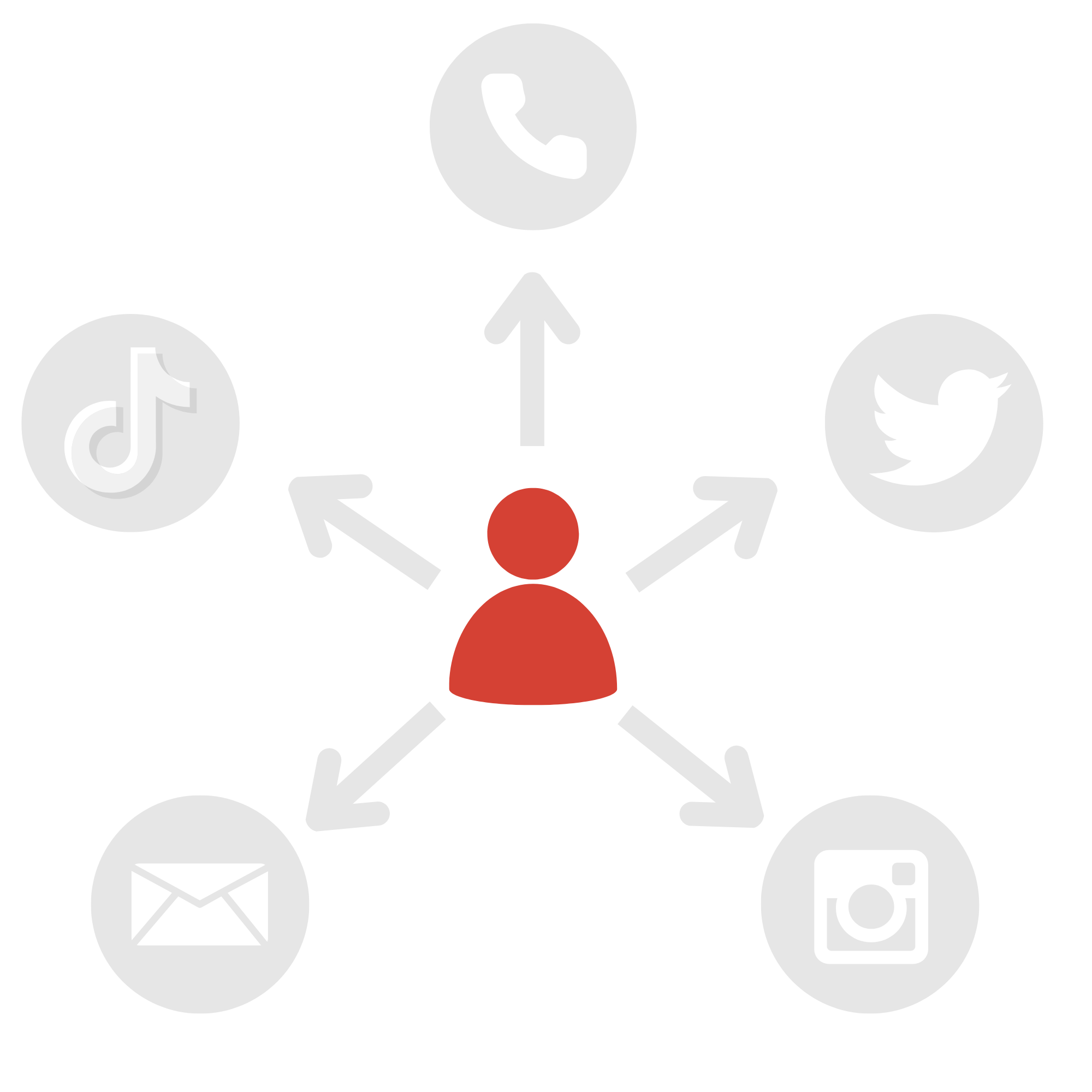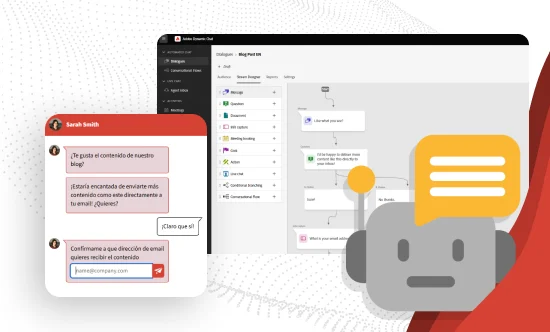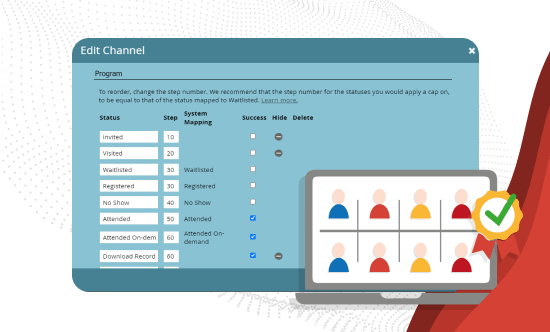Why Email Marketing Is Much More Than Sending An Email
Overview
Email marketing has evolved from a messaging tool to an essential strategy for effectively connecting with your customers. In a crowded digital environment, generic emails have limited impact. Today’s digital marketing campaigns require more sophisticated techniques. That means using multiple touchpoints to deliver a seamless experience across various channels.
Consumers have come to expect personalized, relevant messages, driving the adoption of advanced segmentation and automation techniques. Tailoring campaigns to the customer lifecycle enhances engagement, boosts conversions, and strengthens the brand-consumer relationship.
In recent times, email marketing has undergone significant growth. Gone are the days when sending a message to a subscriber list was enough to drive results. Today’s consumers expect relevant, personalized communications that integrate with your brand’s other channels. Simply flooding inboxes no longer works; the most effective email marketing campaigns are strategically designed to create multiple impacts, reach across channels, and – most importantly – adapt to customers’ needs and behaviors. To move beyond the basics, strategies like personalization, segmentation, and automation must be employed. These tactics boost results and improve the connection with customers, creating more effective campaigns tailored to their needs. Your customers receive hundreds of emails daily. They’re overloaded with information; relying on a single message to capture attention is risky. Multi-impact strategies have proven to be key in increasing the visibility and effectiveness of email marketing campaigns. This approach breaks a campaign’s content into smaller chunks and distributes it over time. Multiple ‘touches’ are delivered at different moments, in different formats. These ‘micro-impacts’ help keep your brand top of mind during the consumer’s buying journey. They also allow content to be adapted progressively – introducing the user to a value proposition with the first message and reinforcing it with new rationales in subsequent messages. This not only improves retention but creates opportunities to test different content versions and assess which formats perform best. Multi-impact campaigns maximize engagement opportunities, delivering messages at the right time and through the most effective channel, significantly increasing open and click-through rates. Today’s consumers interact with brands across multiple platforms, including email, social media, and customer services. Implementing an omnichannel strategy means offering a seamless and consistent experience across all these channels. The goal is for users to feel that the brand is aware of all their previous interactions, regardless of how they first reached out. Modern consumers have clear expectations: they want brands to be in sync. If a user sends an email, makes an inquiry on social media (Facebook, Instagram, X, or LinkedIn), and later calls customer support, they should feel the brand already knows the context of the interaction, without needing to repeat their history. This not only improves the customer experience but also builds trust and loyalty. The key to integrating these touchpoints as part of an omnichannel strategy is having a customer relationship management (CRM) system that allows all interactions to be viewed in one place. This ensures each message and touchpoint can be managed centrally and consistently. In today’s digital marketing world, personalization is crucial for capturing consumer attention. Customers of major companies like Amazon and Netflix are accustomed to receiving recommendations and messages tailored to their interests. This raises the bar for expectations, more broadly. It’s no longer enough just to include the recipient’s name in the email subject; your customers expect content that aligns more closely with their preferences and behaviors. That’s where advanced personalization comes in. It allows audiences to be segmented by their previous interactions, shopping habits, and preferences, generating far more relevant communications. This approach significantly impacts results. For example, according to Campaign Monitor and Aberdeen, emails with personalized subject lines see a 26% higher open rate compared to generic messages. On top of that, personalized campaigns boost click-through rates by 14% and also improve conversions by 10%. These figures demonstrate the power of connecting with users in a more direct and tailored way, optimizing the return on every interaction. Customizing emails to individual needs not only increases engagement but also strengthens the consumer relationship with your brand, creating a closer and more effective experience that ultimately results in higher conversion and loyalty rates. Triggered, or automated, campaigns have revolutionized how brands communicate with their customers. Unlike traditional campaigns that send messages at predefined dates and times, triggered campaigns are activated by specific user actions. This enables you to be better aligned with your customers by sending the right message at the right time. A typical example of a triggered campaign is when a user abandons their shopping cart in an online store and receives a reminder email shortly after. It’s also common for customers to receive an automatic follow-up email with recommended products or a satisfaction survey after making a purchase. These campaigns not only personalize communication but also increase conversion chances by aligning with real user behavior. Automation allows you to maintain constant, personalized communication without becoming overburdened. These campaigns can also be optimized over time by collecting data on customer behavior, so messaging is increasingly refined. Email marketing today is about much more than sending emails; it requires a sophisticated strategy that integrates multiple touchpoints, advanced personalization, and seamless communication across all channels. Applying these principles can make a significant difference to campaign results – not only by capturing the customer’s attention – but by transforming attention into action. Brands that leverage personalization, automation, and omnichannel integration will be better positioned to compete in an increasingly crowded and demanding environment. The future of email marketing lies in adapting to consumer expectations and offering experiences that truly connect with them at every point in their journey. Need help to improve your email marketing efforts but not sure where to start? The Marketo experts at Kapturall can help. Get in touch today. Contact usMore than messages
Multi-impact strategies
Seamless omnichannel experiences
The future of email marketing
Triggers and automations
Improve your email marketing today
SIGN UP FOR OUR NEWSLETTER
Jose Tarzian
CEO and Co-founder of Kapturall
Jose is a seasoned digital marketing entrepreneur and CEO/co-founder of Kapturall, the largest Marketo partner in EMEA. Kapturall helps businesses maximize their marketing and sales investments with expert guidance, talent, processes, and best practices. With a team of members from 9 countries and 7 languages, Jose's international mindset enables Kapturall to deliver effective marketing solutions globally. He held leadership roles at Microsoft, Next International Venture Capital, and Telecom Argentina before founding Kapturall 10 years ago.



